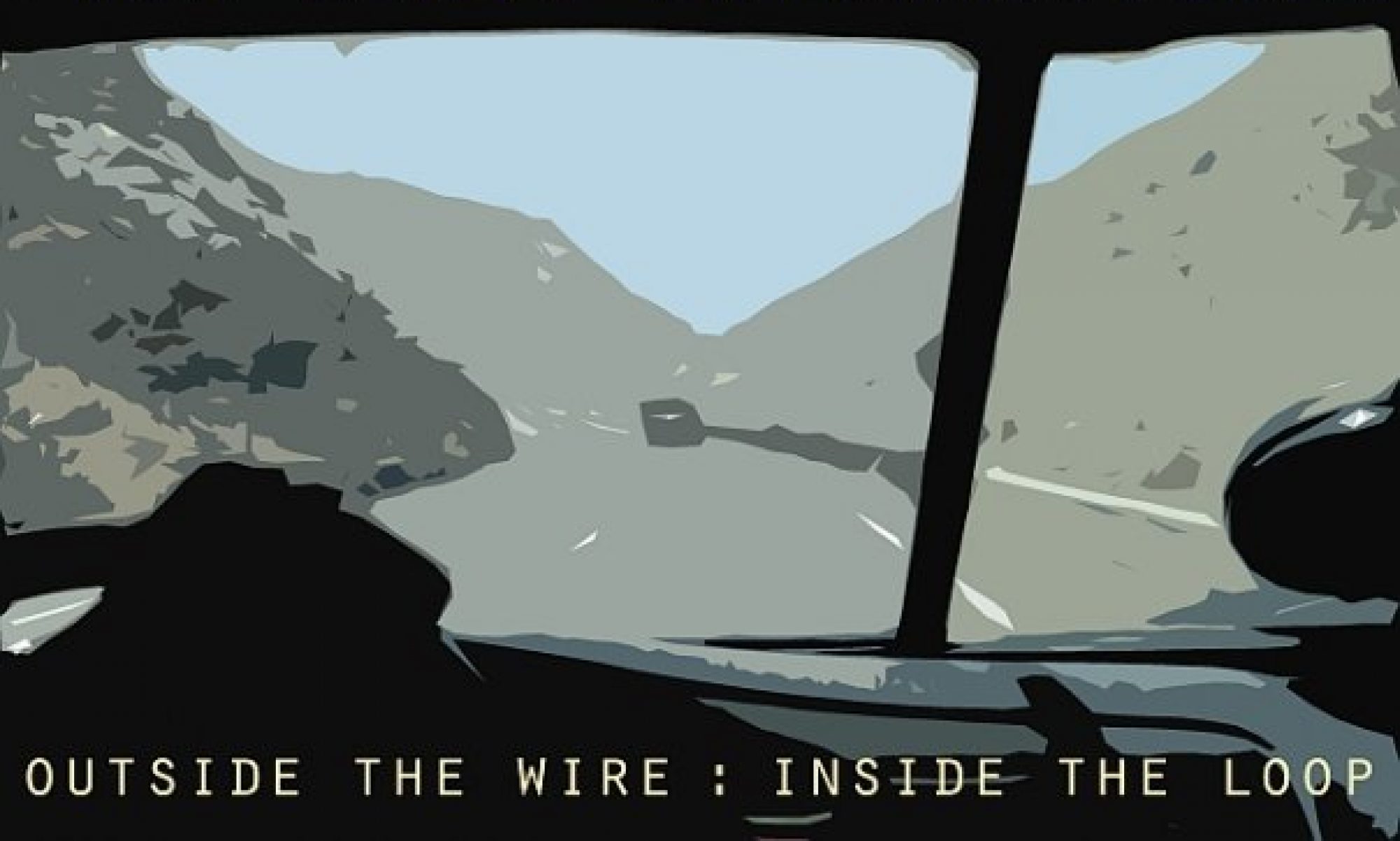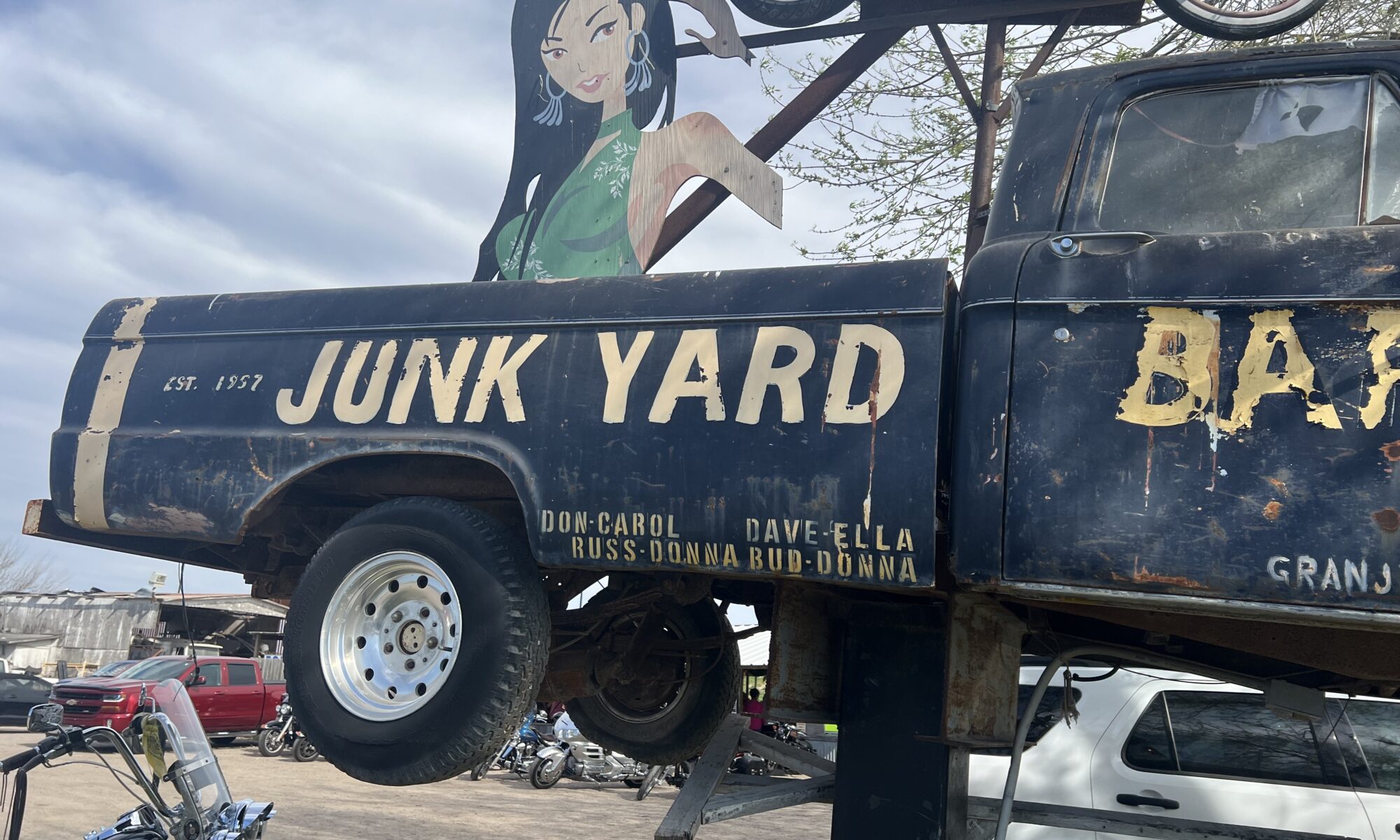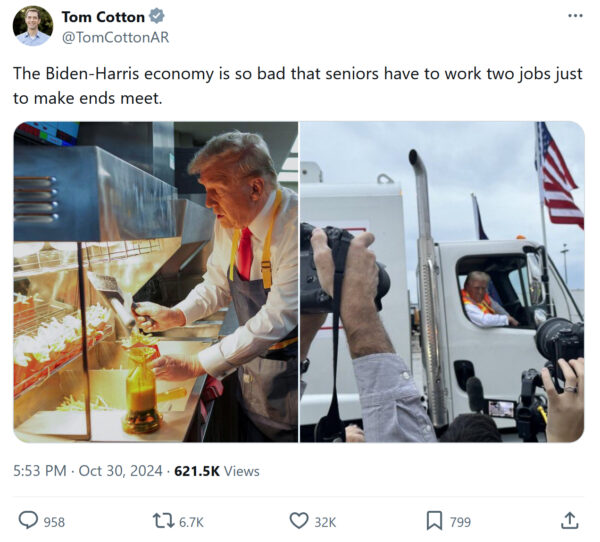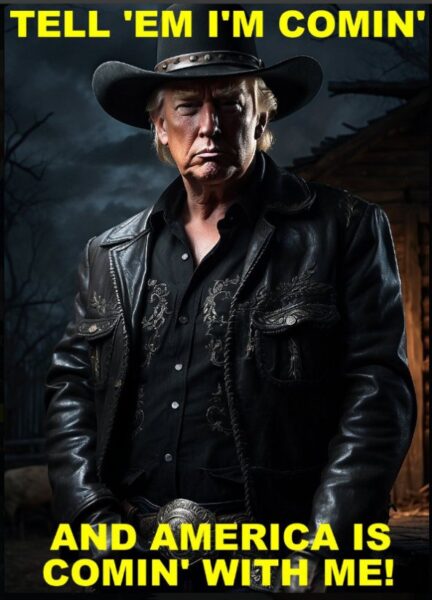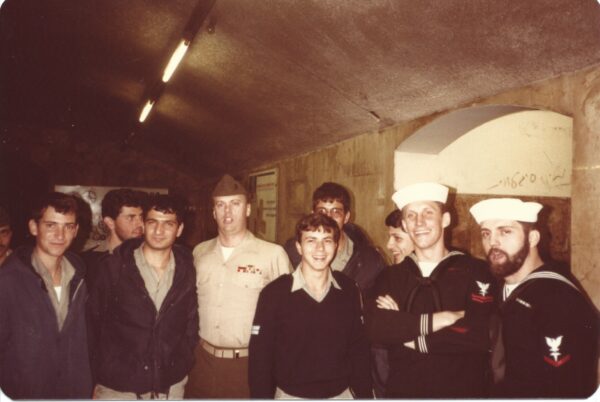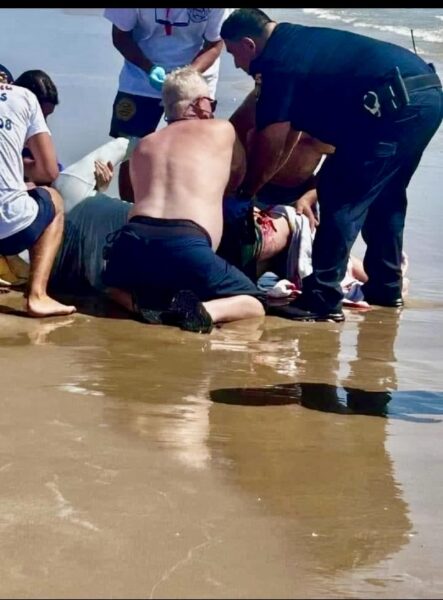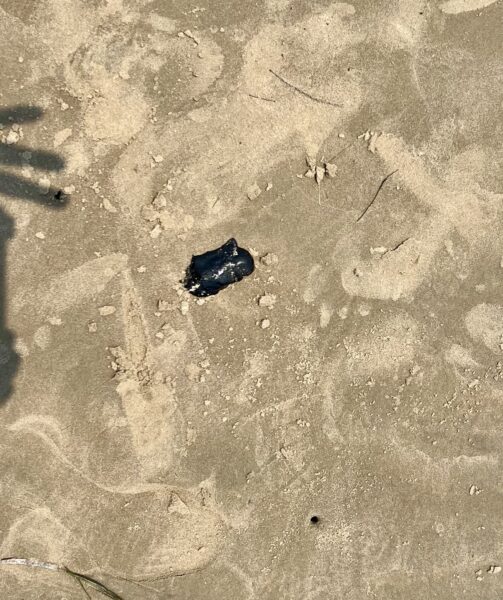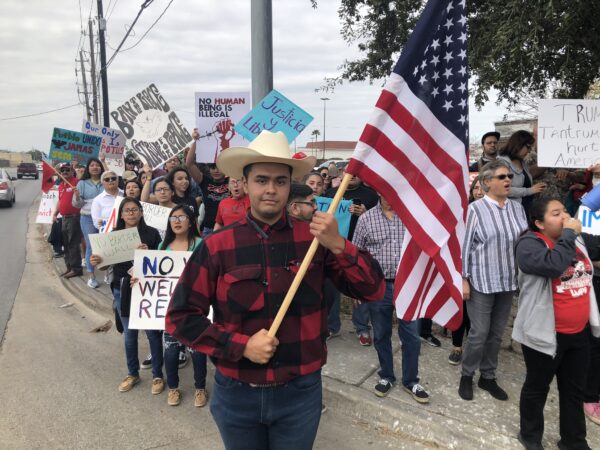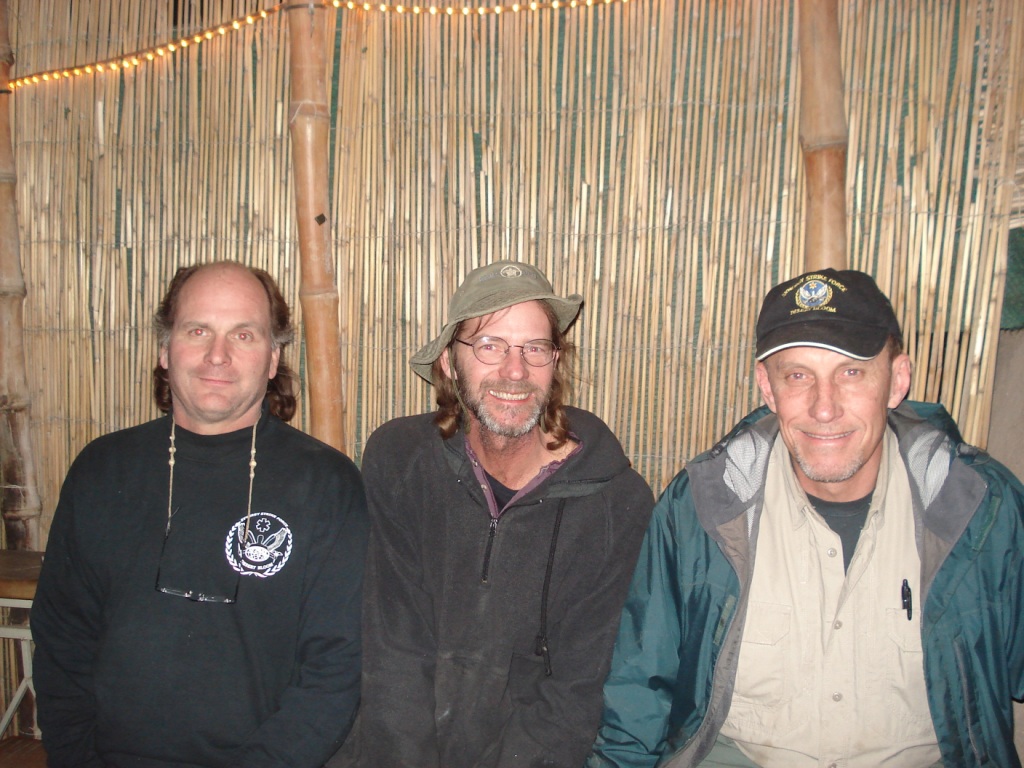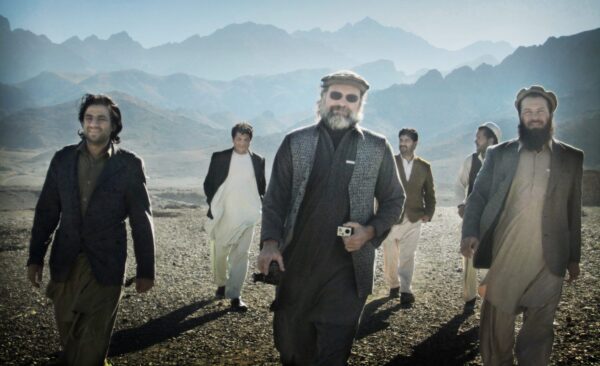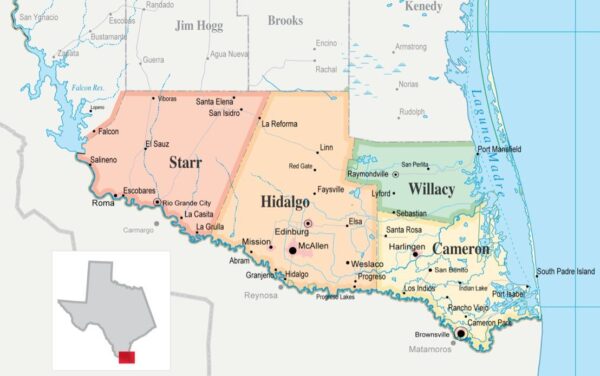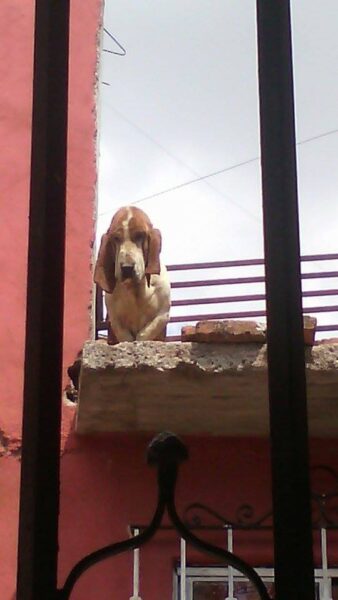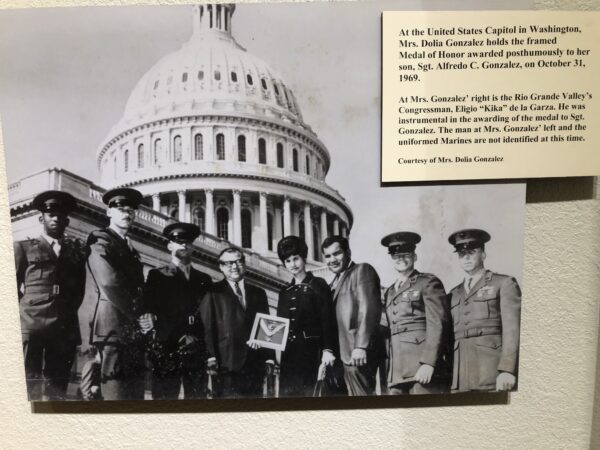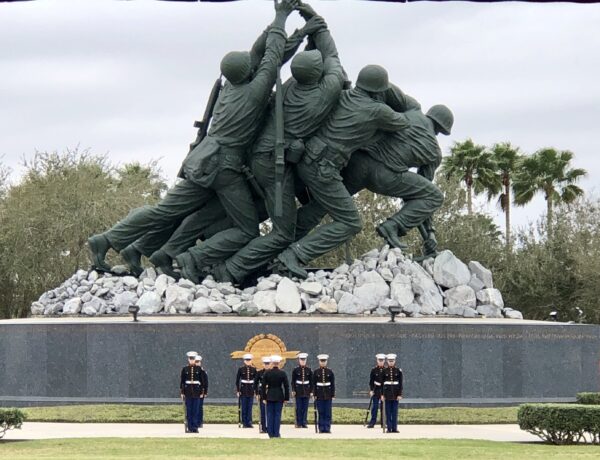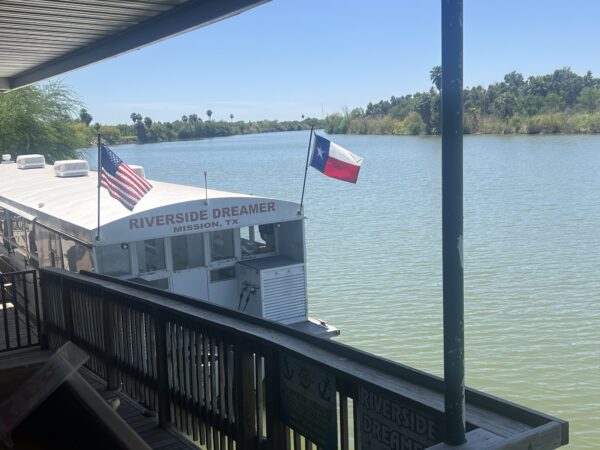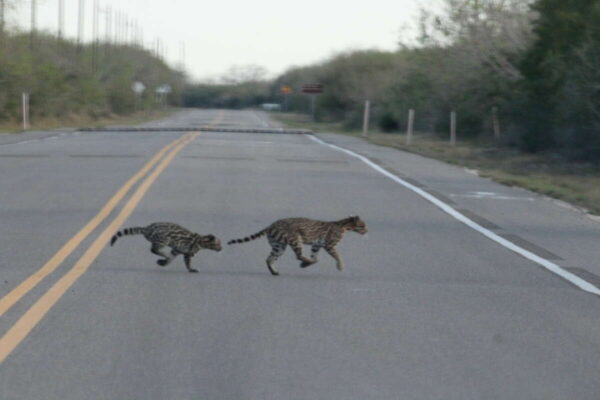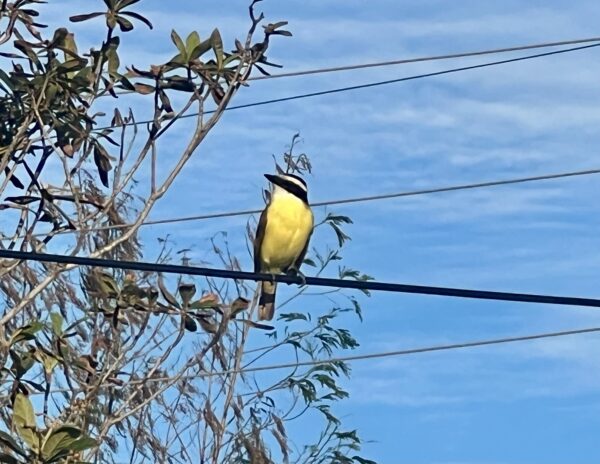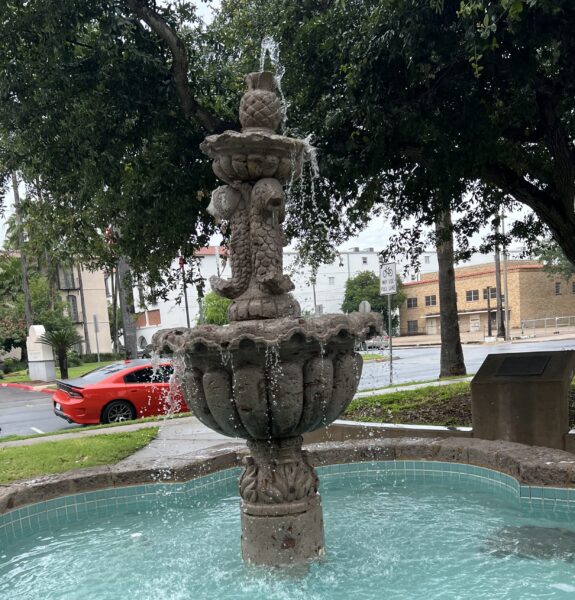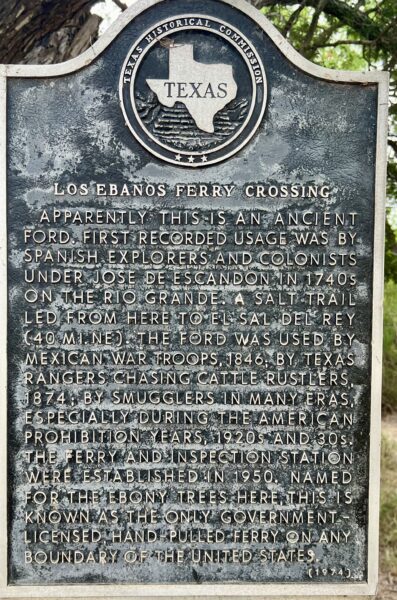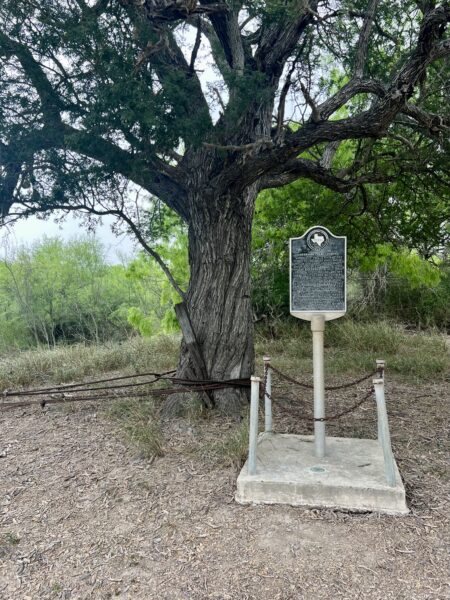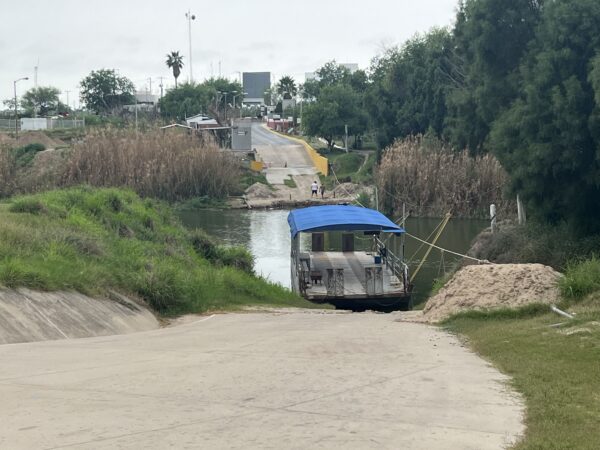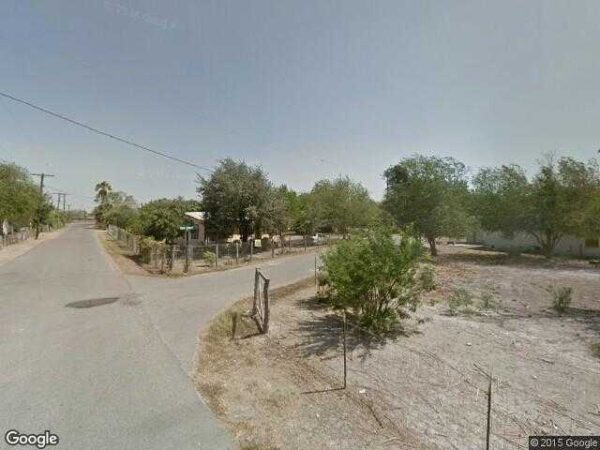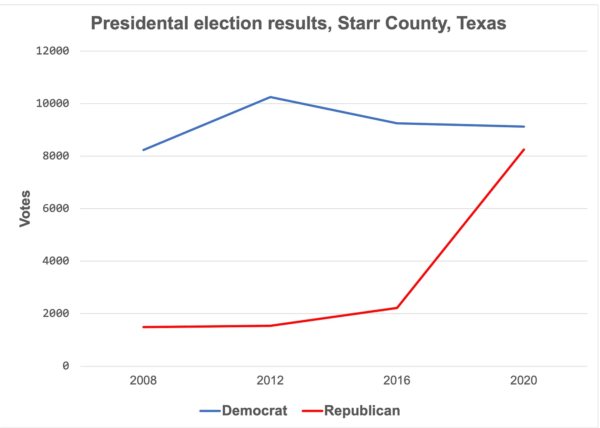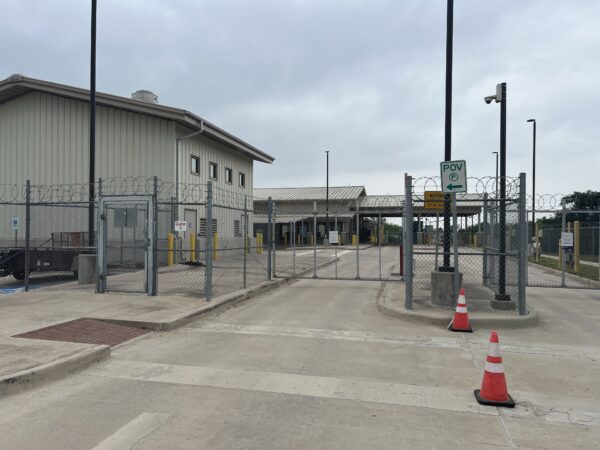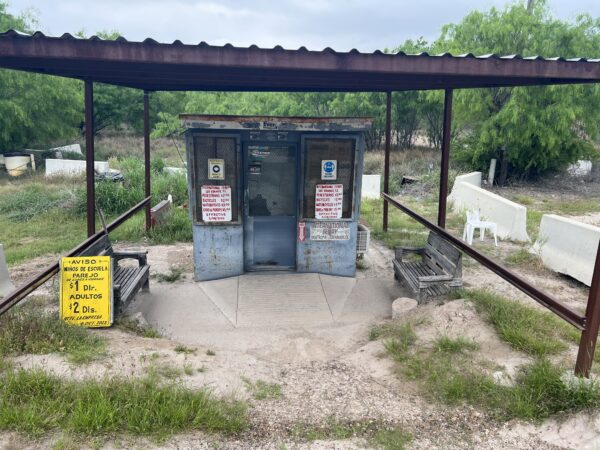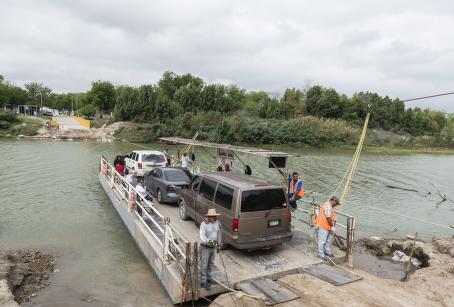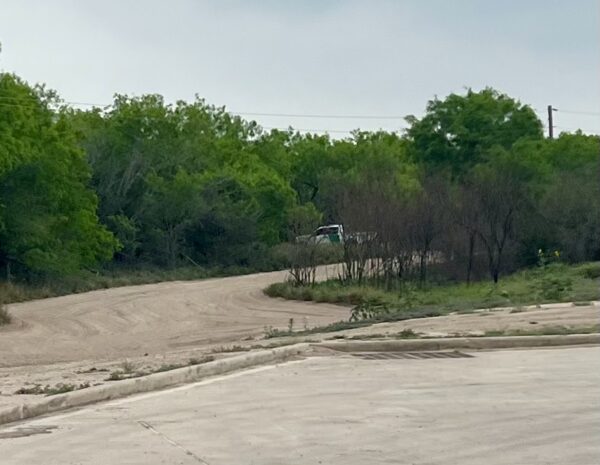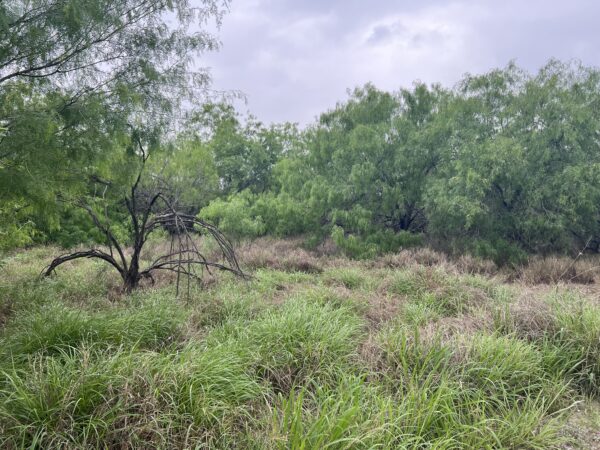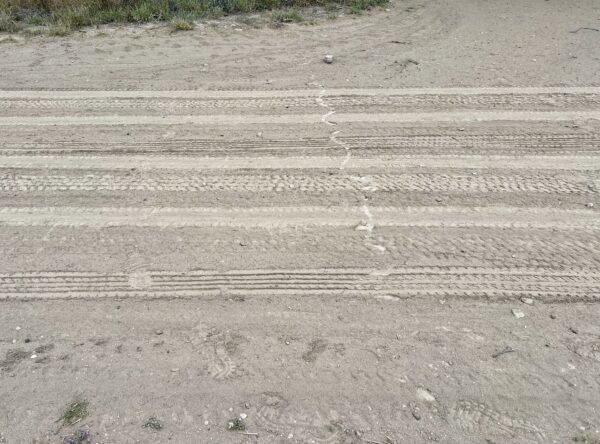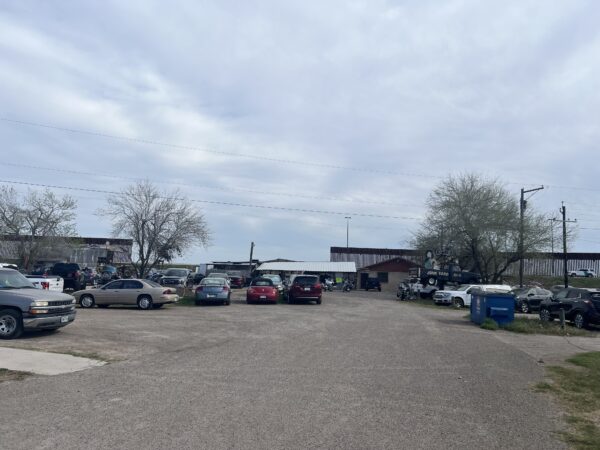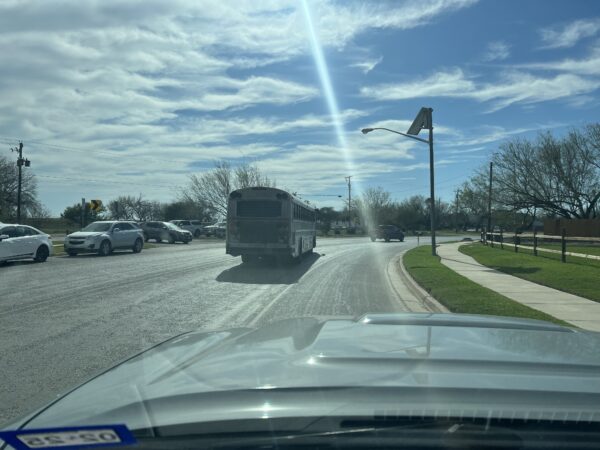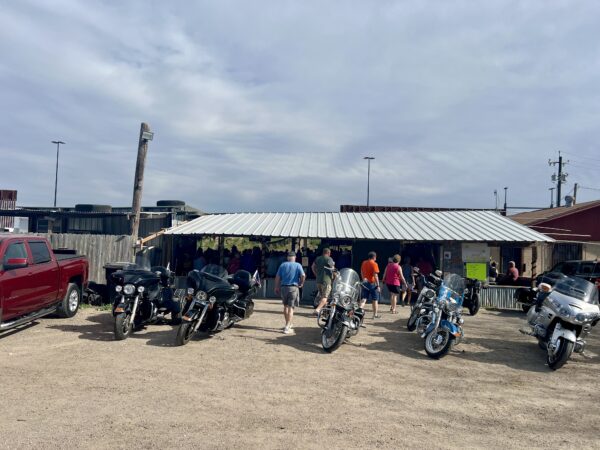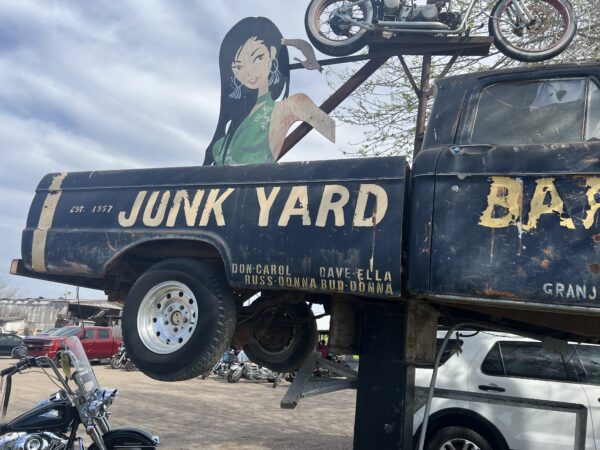With our national nightmare drawing to a close, I thought it a good time to check on our bad border. On the last Sunday of 2024, I took a drive along the Military Highway to check on the known rally points the Border Patrol uses to consolidate illegal border jumpers for transport to their processing facility.
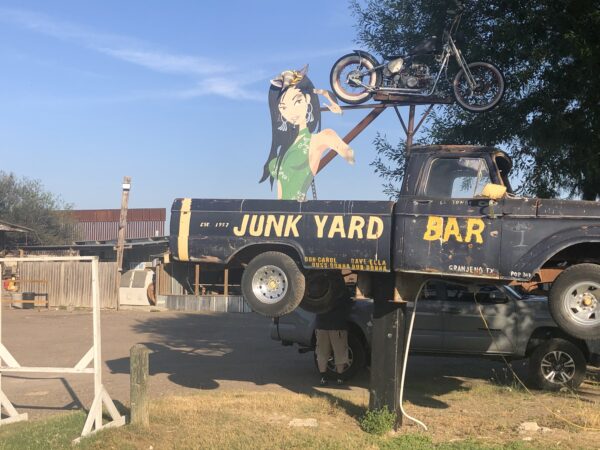
The first stop was Granjeno, home of the Junk Yard Bar. Behind the Junk Yard, there is a fence in the border wall that has been welded open by the Biden administration. But the fence and surrounding levee road were empty. Anzalduas Park, Bentsen State Park, and Penitas were also eerily quiet. On a normal Sunday afternoon drive, I would’ve encountered dozens of Border Patrol Trucks parked in these areas and a heavy State Police presence. Last Sunday, I saw none. Yesterday, I checked again and saw one Border Patrol truck, but there was no state police.
The Rio Grande Valley sector traditionally leads the nation in illegal migrant apprehensions, but this year, it has fallen to fifth place. Since the beginning of the federal fiscal year, migrant apprehensions have been down 84% compared to FY 2023. The federal fiscal year starts in October, so this is a tricky media way of masking the fact that apprehensions are down since the election of President Trump. The cartels control the migrant flow, and I don’t know why they have curtailed most of the human smuggling traffic in this sector. It could be an encouraging sign, but I don’t think the cartels are going to forgo their smuggling revenues that easily.
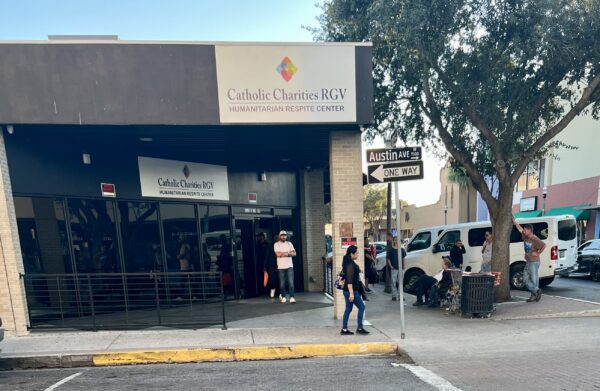
When I took my afternoon walk, I cruised by the bus station to see if the Catholic Relief Charities looked busy, and they were. Lots of military-aged males loitering about, which is normal. Unaccompanied minors are dropped off at the Southwest Key Programs NGO, an NGO with a fake address listed on the internet because reasons. One of those reasons is the multiple investigations for rampant sexual abuse of those children by the NGO staff.
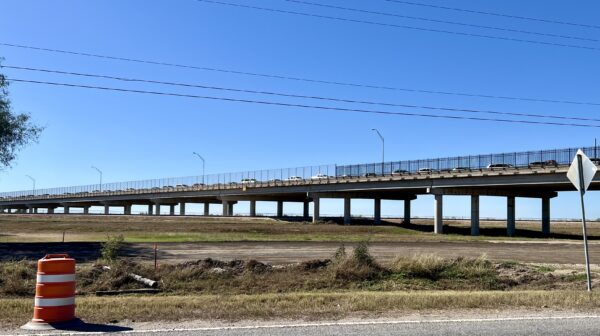
The annual evening Hanukah celebration in Arthur Park is a McAllen holiday tradition that draws lots of local kids with a petting zoo and various rides. At 6:00 pm during the eight nights of Hanukah a prominent local Rabbi lights one of the Torah candles before having a social with the various locals who have gathered for the celebration. The Jewish community in the Rio Grande Valley has no issues – this is South Texas; we carry guns and won’t tolerate anyone abusing our neighbors over religious issues. In fact, the first European settlers in the Rio Grande Valley included Spanish Jews who had escaped the Inquisition through feigned or actual conversion. Being former Jews, they were tacitly excluded from the inner ranks in Mexico City, so they went North to establish Monterrey as Mexico’s banking capital. They pushed on into Nuevo Santander, establishing the towns of Camargo, Reynosa, and Laredo.
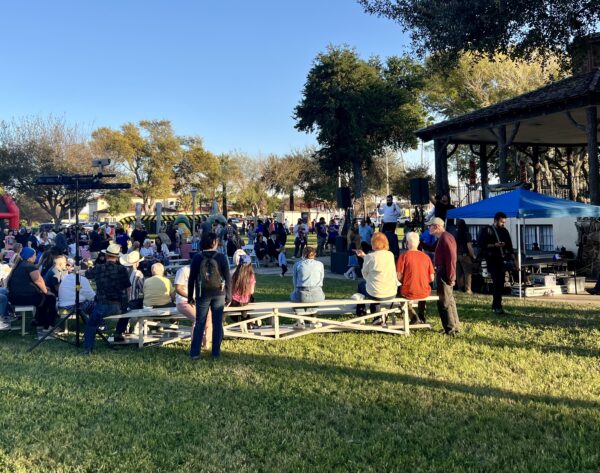
Within three generations, the Spanish priests of Nuevo Santander had exposed and stopped all clandestine Hebrew practices by interrogating children about their home lives. The Spanish Jews stopped practicing their religion but did not mestizaje (marry local Indians), preferring to marry among themselves. That practice ended in 1846 when Maria Hilaria de la Garza, daughter of Don Francisco de la Garza Martinez, the biggest landowner in the Rio Grande Valley, married a former Texas Ranger and current successful Corpus Christie merchant Henry Clay Davis. One of the conditions of the marriage was that Henry had to move down to the northern side of the Rio Grande to manage his father-in-law’s cattle ranch.
In 1848, Henry Clay Davis built Fort Ringgold to protect the port town he built and named Rio Grande City. And that’s how the white dudes penetrated the Rio Grande Valley, marring into the old Spanish families awarded porciones (elongated quadrangles of land with frontage on the Rio Grande River) by Spain. The founder of McAllen, Texas, John McAllen, did the same thing, marrying Salome Balli Dominguez, who had inherited the Santa Anta Ranch. McAllen was a Scots-Irish immigrant who worked as a clerk in the Edinburgh store of a man named John Young, who was the first Anglo to marry Ms. Dominguez, but he died, and his employee imported from Scotland married her after what we assume was a proper interval.
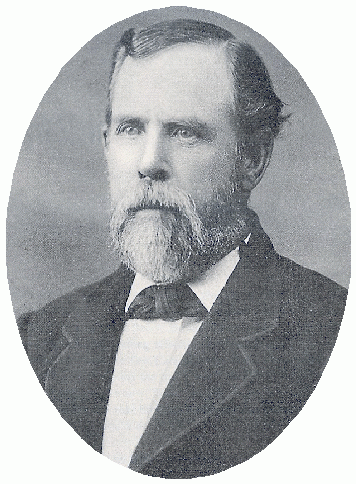
The Scots-Irish who married into the old-school Spanish families of the Rio Grande Valley were educated, capable men who wanted to develop their lands. They laid out towns, organized irrigation districts, and attracted enough development funding to build roads, telegraph, and railroad lines. Being dour Scotsmen, they built large, secure banks that were stingy with the loaning out creditors’ money. Secure, honest banks were ideal for wealthy Mexicans who could protect their fortunes from their predatory central government and the frequent devaluations of the Mexican peso.
Forty years ago, McAllen was the hub for nightly smuggling flights into Mexico that carried stereos, flat screen TV’s, or modern dental and medical equipment . . . things that you could not get in the country due to corruption, bureaucratic incompetence, and thievery. The Rio Grande Valley continues to benefit from Mexican investors, but much of that money now comes from the Cartels. Nobody knows how things are going to shake out between the Trump administration and the Mexican government/cartels, so for now, things are very quiet on the border. I don’t think they will stay that way for much longer.
